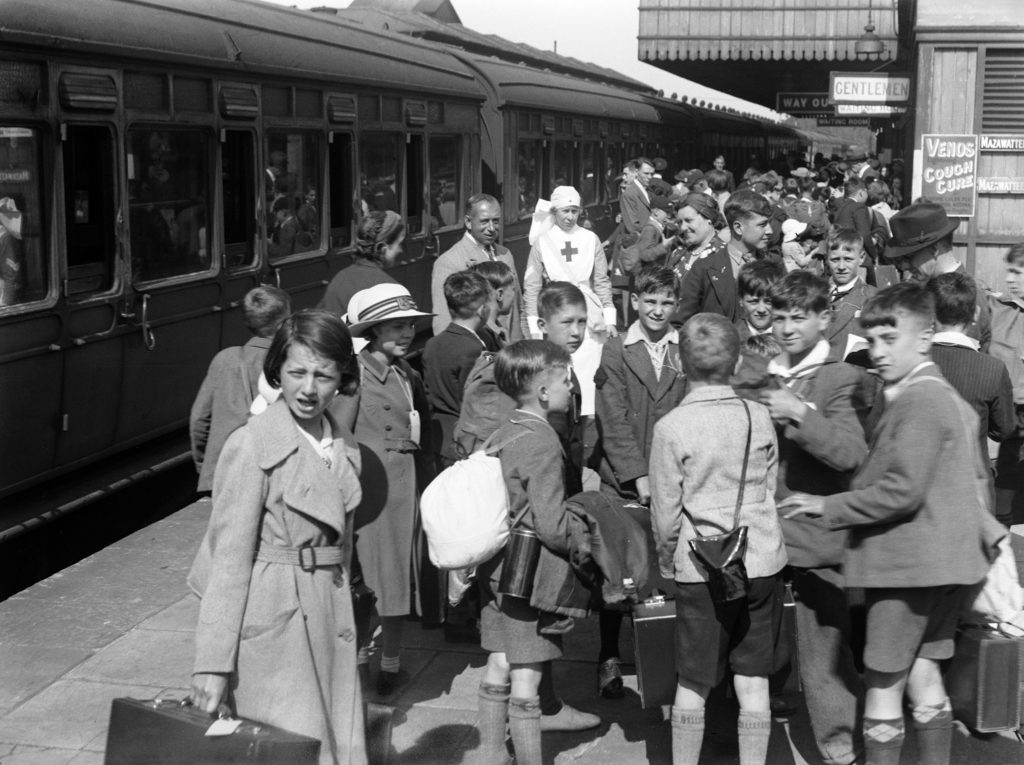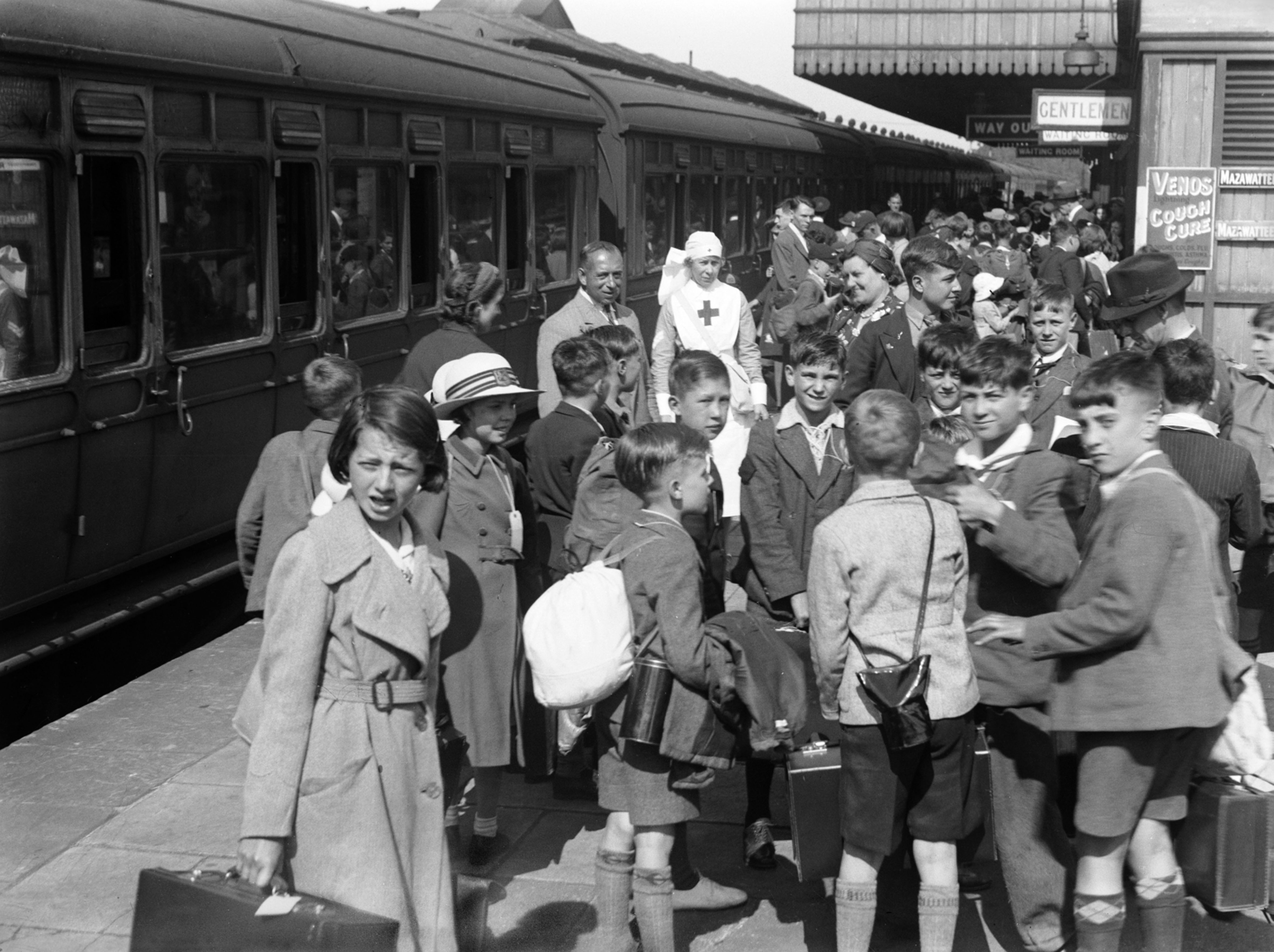In the first blog post of this three-part series I mentioned that I would write a second instalment to update everyone on progress made during the project. Well, I’ve finished the research and a lot of the writing, so it’s time for the next update. In this post I’m going to give an overview of changes that have happened to the project, as well as some of the interesting facts and stories that I’ve uncovered along the way.
In the first post I gave hints as to what the topics to be covered were, so here they are with their answers:
- An early railway and its huge influence – The Stockton and Darlington Railway
- ‘Hello modernisation’ – Diesel locomotives
- War! – The role of the railway during wartime
- Wheels, rails, and speed – The APT-E and HSFV1
- A famous face (in second place) – Timothy Hackworth and his most famous creations
- Palaces on wheels – Royal trains
- Merry-go-round (but not as you know it) – The Shildon Wagon Works and its most famous creation, the Merry Go Round wagon
- The cradle of the railways – The museum site and its history
What’s new?
The original plan for the project was to produce pop-up banners for each of the above topics. These banners would feature around 200 words for most of the topics, stretching to around 400 for the more in-depth ones such as The Shildon Wagon Works and Timothy Hackworth. The text for the interpretation would follow a basic format of before, during, and after (like all the best stories) and explore the background, lifetime and legacy of each topic. Each piece would also have a feature image to help illustrate the topic.
One of the feature images – evacuees at Maidenhead, 194Now, this hasn’t changed drastically. The writing formula remains the same for all the topics to create a consistent level of accessibility. The inclusion of a feature image also remains unchanged. However, the physical format of the interpretation has changed for a few of the topics. Owing to a lack of floorspace within the museum and a particular red disk (I’ll get on to that) some of the interpretation is now going to be made as vinyl wraps instead. These will be placed on walls, windows, and in some cases over existing interpretation.
So, what’s with the red disk, then? Well, the APT-E has an Engineering Heritage Award which is currently attached to some interpretation about the vehicle. The original intention for this piece of interpretation was that it was going to be replaced with a banner. However, because of the award, and how difficult it would be to attach it to a banner, this has changed. Instead the existing interpretation will be re-wrapped with vinyl to feature up-to-date branding and accessible and consistent wording. The disk won’t need to be removed for this to happen, so the APT-E can keep its precious award.

I’ll go through all of the physical changes in the third and final blog post, once the interpretation has been created and installed. It’ll be much easier to explain once I can show you all some photographs. And anyway, there are probably more changes to come!
On to the interesting stuff…
I did promise that I’d share some of the more interesting stories and lesser-known facts from my research, so here we are. Not all of these stories and facts made it in to the wording for the interpretation, so this may be the only place you’ll see them. I’ll break them down by topic to make it a bit easier to digest.
Stockton & Darlington Railway
Did you know that around 300 tickets were produced for the first journey behind Locomotion No. 1 on the Stockton and Darlington Railway? They were made by James Robson, a Shildon watchmaker. It’s interesting to note that (depending on the source) somewhere between 500 and 700 people clambered aboard the train, despite the ticketing system in place. Can you imagine if this happened today?

Diesel locomotives
Did you know that there was more than one Beeching Report? The first report was called the ‘Reshaping of British Railways’ and was designed to cut the losses incurred by the railway by closing loss-making lines and investing in electrification and containerisation. The second report was called ‘The Development of the Major Railway Trunk Routes’ and was designed to outline areas worthy of investment. Both were made necessary by the failure of the earlier ‘Modernisation and Re-Equipment of the British Railways’ report.
Railways in wartime
Did you know that during the Second World War a German fighter plane was brought down by a steam locomotive? The plane, a Focke-Wolfe 190, shot the locomotive, an ex-LBSCR Class D3—but the locomotive exploded and brought down the plane that shot it. The pilot was killed, while the driver and fireman of the locomotive survived. The locomotive was rebuilt and working again within four months. How’s that for a story?
Hackworth
Did you know that in 1836 Timothy Hackworth built the first steam locomotive to ever run in Russia? He built it for the Russian Government. His eldest son, John, accompanied the locomotive to Russia and watched the baptismal ceremony that the Greek Church carried out for Tsar Nicholas on the locomotive.
See you next time
By the time the next blog post makes its way on to the internet most of the interpretation should be in place. Hopefully you’ll be able to come and see it all at the museum but, if not, you should be able to see some of it in the next blog post. Stay tuned!

Why DON’T we call the s and d ,SHILDON and STOCKTON railway apart from a bit of money Darlington had nothing to do with the opening of the SHILDON to STOCKTON railway.